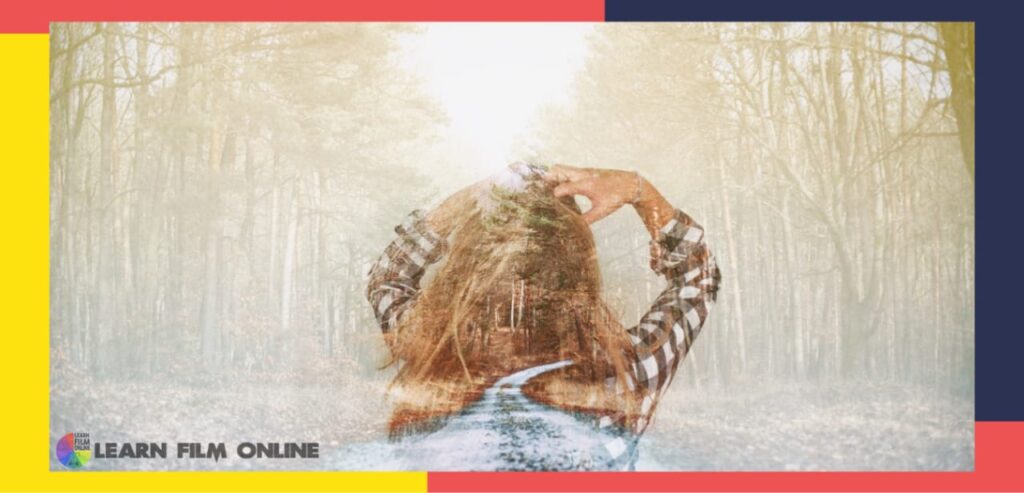Double exposures or even multiple exposures for that matter, refer to capturing two or more images on a single frame. It works by layering or morphing one image onto another by not allowing the camera to advance the film to the next frame. By taking a picture without advancing to the next frame, the same frame is exposed more than once.
‘Double exposure’, a term that has becomes revolutionary and magical in the world of filmmaking. Double exposure is a technique wherein two images are superimposed to create a single image, similarly while using multiple images to do the same then it can be called multiple exposures. The literal meaning of the word ‘Exposure’ means that the frame is being exposed to light, and if the same is repeated twice then it is double exposure and when it is repeated multiple times, it is called multiple exposures.
Previously, achieving double exposure was just a photography technique and every technique was executed in-camera itself. Georges Méliès did the same with his magic in his films.
This was about the physical reel era although, now double exposure happens on the computer table, It is not just the double role or using green screen but some of the intros of various impactful films were done with the same technique. Achieving the same on the editing table is quite diverged, here two footages are selected with the First one being a close shot and another one being the long shot. Making some further adjustments like colour correction in order to enable contrast between both the footages, the use of blending mode and a little bit of adjustment can indeed deliver the desired result. A double exposure literally means one is exposing the frame to light twice so one can cut each exposure in half to balance them out. With that being said since black & white and colour negative film do well with overexposure one is still likely to get great results if one shoots each exposure normally. When using double exposures, the following points might be helpful – when photographing humans, the darker the clothing they wear the better.; Always keep in mind the first shot when composing and taking the second shot, especially the mode in which it was shot was horizontal or vertical.; One can always use things in their environment or nearby patterns as the filler for the second image.; Underexpose more in bright situations or environments.
#DoubleExposure #MultipleExposure #VideoEditing #FilmEditing #FilmMaking #CinemaScience

